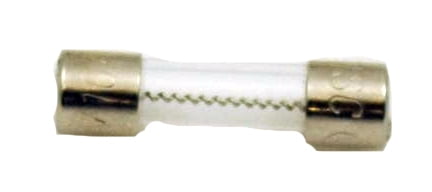

Additionally, the length and thickness of the resistive element decide the rated voltage. The electric current is always the cause of the heating effect. But, if the voltage increases beyond the fuse rated current, the resistive element interrupts the circuit by melting. However, the temperature increase won’t dissolve the filament-if the voltage is normal. Thus, increasing the resistive element’s temperature. This process dissipates some power as heat. As current flows into the element, it creates a tiny voltage drop across the element (small enough not to affect the circuit downstream). The most basic type of fuse equips a resistive element because of its melting point. Thus, protecting the components from damage. Types of Fuses– How Fuses Thoroughly Work?Īs mentioned earlier, the fuse’s primary job is to disrupt the circuit if there is excess current flow.

These parameters represent the operating current, speed, time, operating voltage, and fuse element melting of the fuse. However, manufacturers design each fuse to protect electronic devices with certain electrical parameters. Usually, this occurs during severe overcurrents.įuses have various sizes and shapes. When this happens, it creates an Electric arc blast. However, connecting the fuse in one branch of a parallel circuit won’t affect the flow of current in other branches.Īdditionally, you’ll find that manufacturers place fuse wires within a safety sheath to minimize the hazards of the wire burning up with violent force. So, when the fuse opens (blows), it stops the flow of current through the components by opening the entire circuit.
FUSES FOR BLUEX MACHINE SERIES
It would help if you always connected a fuse in series with the electrical components-you want to protect. It has a conductive strip that melts and separates whenever there’s an overflow of current. Circuit safety is the specialty of a fuse.


 0 kommentar(er)
0 kommentar(er)
